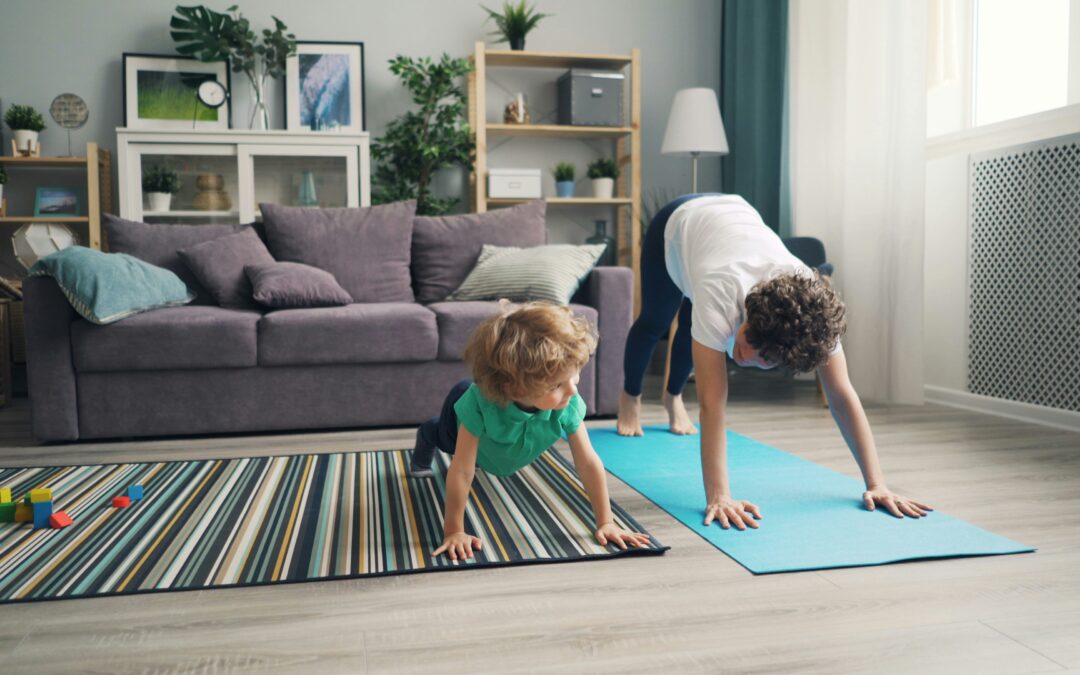As parents, we so often feel the pressure to be calm, steady, and composed — especially when we’re struggling inside. We want to protect our children from our hard emotions, to shield them from the anxiety, sadness, or overwhelm we carry. But the truth is, trying to hide our emotional world from our kids doesn’t make them feel safer — it just makes them confused.
One of the most powerful things you can do as a parent is to model what it looks like to have big feelings… and care for yourself through them. That’s how we help our children learn resilience. It’s not about perfection — it’s about presence.
And to do that, you have to put your own oxygen mask on first.
That’s not just a nice metaphor — it’s a real, daily practice. When we care for our own nervous system, we create a safe emotional environment for our kids.
I had to remind myself of that very thing not long ago. I was in Austin teaching a workshop when I received a disturbing email. My heart rate shot up, and I could feel the panic setting in. Total fight-or-flight.
So I walked myself through what I often guide my clients to do. I started with full-body relaxation — beginning at my feet, flexing and releasing each muscle group, pausing for a deep belly breath between each one. I drank a cold glass of ice water. I unrolled my yoga mat and moved through three simple poses: cobra, child’s pose, and downward dog. Six deep breaths in each. (Fun fact: research shows your vagus nerve helps disengage your sympathetic nervous system — your fight-or-flight response, and “a healthy vagus nerve can rapidly offset your body’s stress response. It can help reduce anxiety and improve your overall health, if you know how to put it in motion.” Guess what helps activate your vagus nerve? Exercises like cobra pose. Amazing, right?)
If my kids or grandkids had been nearby, I would’ve said, “Mama’s feeling anxious right now. Want to do some stretches with me?” Not to burden them — but to invite them into the practice of emotional self-care. Modeling emotional regulation with compassion and grace means showing our children that big feelings are normal — and that we can meet them with kindness and tools.
We don’t have to hide our distress to protect our children. Experts like Dr. Daniel Siegel and Dr. Becky Kennedy remind us: co-regulation is one of the most effective ways to raise emotionally healthy kids. It’s okay for your children to see that you get anxious or overwhelmed — and even better when they get to watch you work through it.
One of my favorite memories is of my granddaughter climbing into her mother’s lap as she cried after a death in the family. “It’s okay to be sad, Mama,” she said gently. “It’s okay to cry.” Then she sang their bedtime song. That kind of compassion (and self-compassion) doesn’t come out of nowhere — it’s learned. And it’s passed down through moments of honesty, love, and connection.
Maybe you didn’t grow up with that kind of modeling. Maybe you weren’t taught how to manage anxiety. That’s okay. You’re learning now. And if you don’t get it right the first time, try again. Offer yourself grace.
You don’t have to be perfect. You just have to keep showing up.
And if you need support as you learn, we’re here. Whether it’s through depression therapy, family counseling, or neurofeedback, our Portland, Oregon-area team of compassionate therapists is here to walk alongside you. Contact us today to get started.
Photo by Vitaly Gariev on Unsplash


